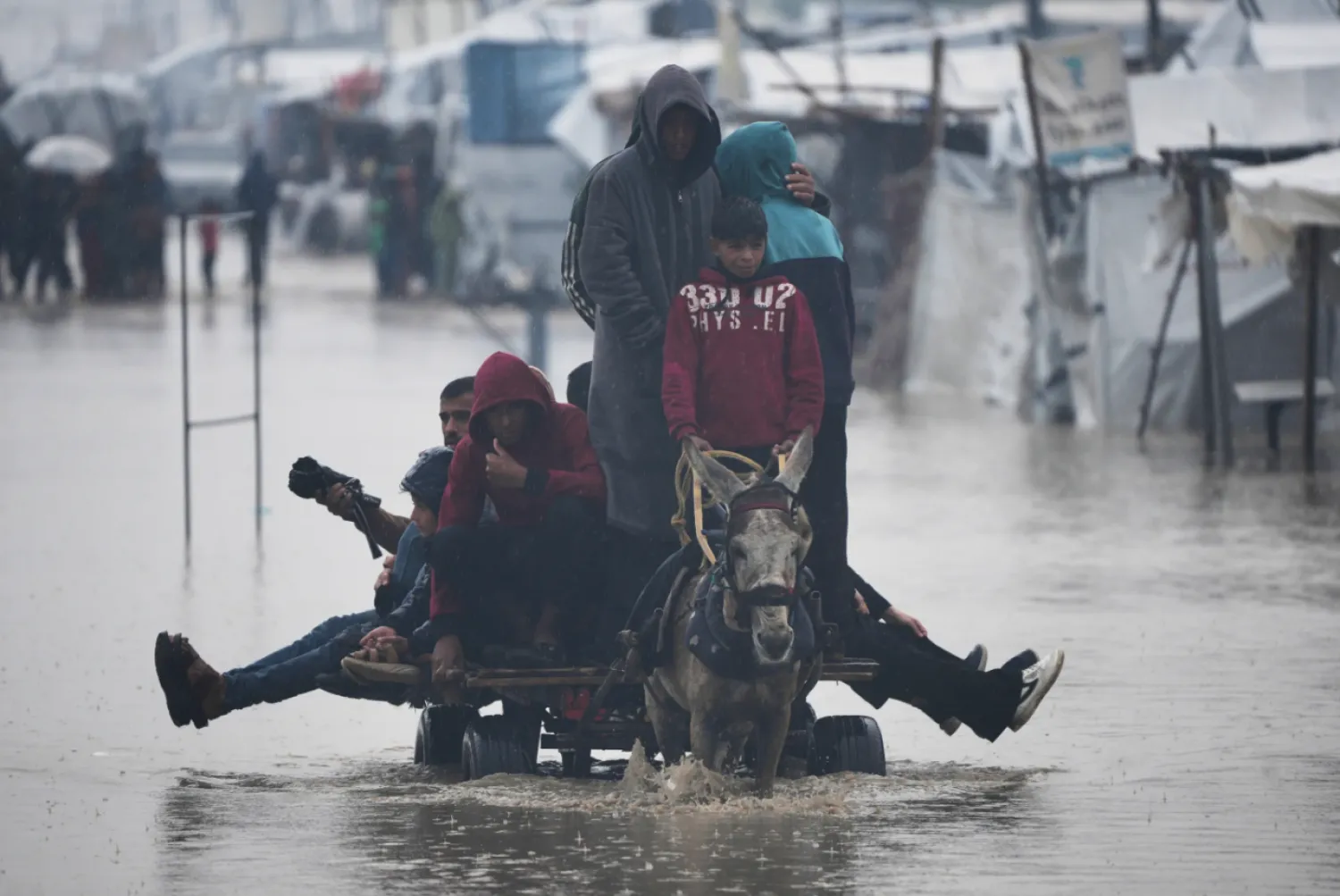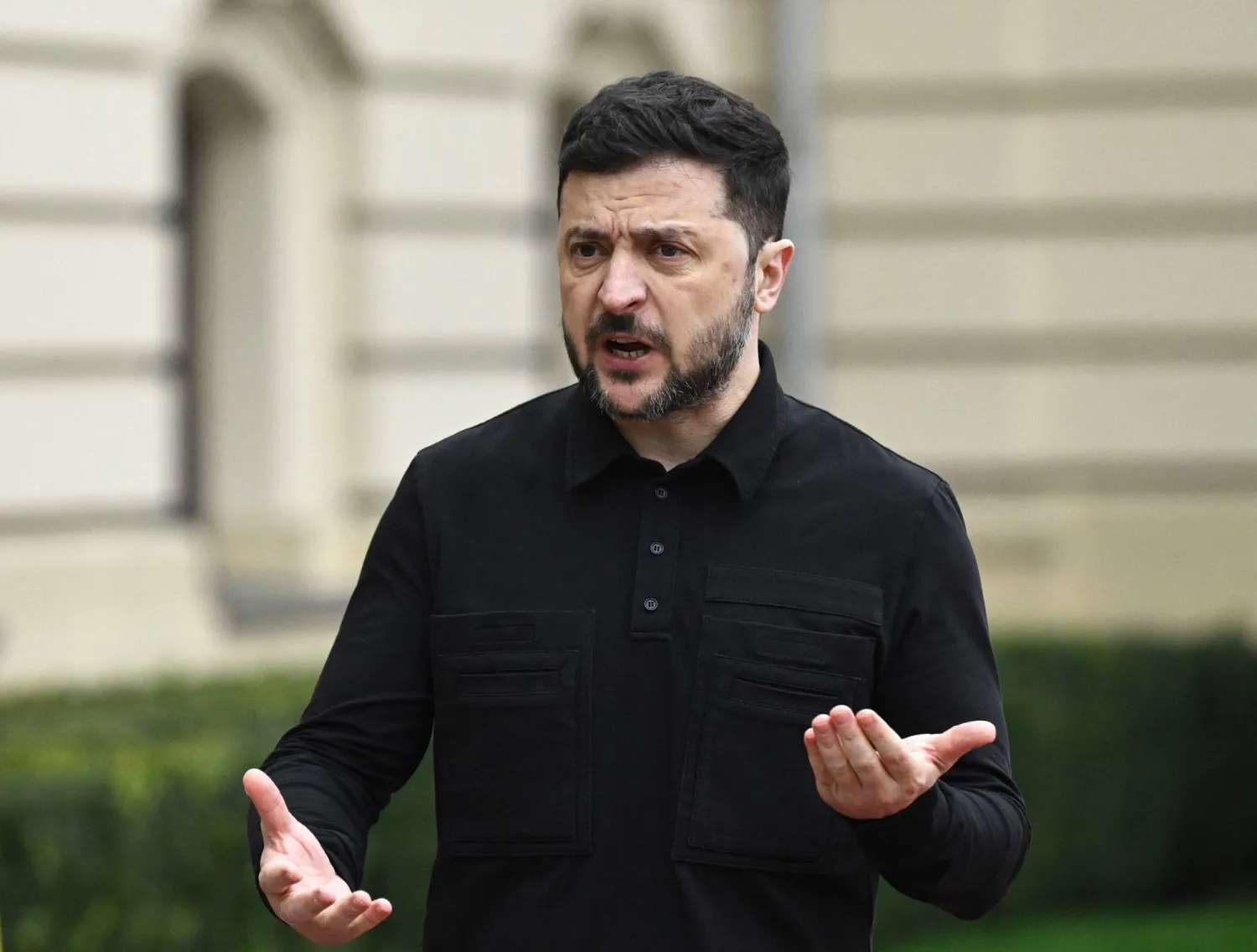One of the most dangerous predicaments facing those confronting terrorism in the world, especially in Europe and the United States, is how to face the so-called “lone wolf” phenomenon. The phenomenon is in fact part of the greater map of what is known as “sleeper cells” that extremist groups use to carry out their operations in areas that are far from the main base of the terror organizations.
This raises several questions, most importantly: “Do the terrorist groups that have filled the world with terror recognize the lone wolves? If yes, how and why?”
As he sought answers to these questions, the researcher came across a document released by the terrorist ISIS organization in which it hailed the lone wolves. It described them as “heroes” for striking down the “infidels and those who supported them in combating Muslims.” The document resorted to the Quran to justify the acts of the terrorists, which they interpret as an “act of great worship that will bring them closer to God.” It blamed the West’s oppression of Muslims for the emergence of lone wolves.
Lone wolves: A western concept
Research has revealed that the “lone wolf” phenomenon originated in the West, not the Arab or Muslim world. Researcher Dr. Mahmoud al-Bazzi wrote about this in his work, “Lone Wolves … ISIS’ Last Resort.”
In it, he said that the term “lone wolf” became common in 1990 when two racist Americans Alex Curtis and Tom Metzger called on individual and small cells to spread terrorism through operating underground and in secrect, instead of working in the open and for large organizations.
Since 1990, racist attacks carried out by such groups emerged in the US. The cells were not part of any organization and they called for attacks against non-whites through all possible means. If arrested, the assailants were told to inform authorities that they “had nothing to say.”
Bazzi listed a number of attacks carried out in Europe and the US that bear the clear hallmarks of “lone wolf” Anglosaxon protestants, not Muslims.
A sample of this is the February 1992 attack by Constable James Allen Moore, who shot dead three Catholics at the Belfast office Sinn Fein, a republican party that calls for uniting Ireland.
In the same vein, terrorist Jewish physician Baruch Goldstein shot and killed 29 people and wounded 150 others in a machinegun attack at the Ibrahimi compound in al-Khalil in the Palestinian territories on February 25, 1994.
Perhaps the worst lone wolf attack in history was the April 19, 1995 bombing of the Federal building in Oklahoma City in the US. The assailant, Timothy McVeigh, drove an explosives-laden truck into the building in an attack directed against the government. A total of 168 people were killed and 680 wounded in the bombing.
In 2011, Anders Breivik went on a rampage at a youth camp on Utoya island in Norway, killing 60 youths. He identified himself as a “secular Christian, who was seized by religious and racial intolerance and delusions of crusader wars.”
Qaeda before ISIS
A lot has been said over the past two decades about the United States’ ties with political Islamic movements and later al-Qaeda. The ISIS group later emerged from the Qaeda fold.
The question that should then be asked is: Had al-Qaeda adopted the lone wolf strategy before ISIS did?
Britain’s Daily Telegraph reported that al-Qaeda was the first to follow this strategy and it was later adopted by ISIS, which had spread the guidelines on lone wolf attacks on its followers.
The guidelines urged the followers to stay away from their places of residence after carrying out their attack. They are advised to avoid using their telephone and be wary of leaving behind any incriminating fingerprints. They should cover their face when they execute the attack and place a withdrawal plan before even thinking of putting a plot into action.
They were urged to cause as many casualties as possible. In addition, ISIS called on would-be lone wolf attackers to blend in society by shaving their beards, dressing up in western clothes and putting on perfume, even ones that contain alcohol. The attacker should blend in the local society to avoid appearing as a Muslim. They should also refrain from regularly heading to mosque for prayers.
Given the detailed guidelines, one has to ask: Are those behind it amateurs or do they have experience in international intelligence and can disguise themselves in their surroundings?
Road to recruitment: How and who?
Regardless of the minds behind the lone wolves, the vital question that should be asked is: How are they able to recruit new members despite the distance between the terrorists and what are the characteristics of the candidates?
The long distance between the plotters is no longer a major issue or obstacle as modern technology has made it easy to overcome geographic restrictions. The terrorists have access to satellite telephones that allow them to evade government and intelligence surveillance.
It is likely however that would-be lone wolf attackers are lured over the internet. Some studies revealed that ISIS has over 90,000 Facebook and Twitter Arabic accounts, as well as 40,000 accounts in other languages.
According to the Federal Bureau of Investigation, “lone wolves” or “lone cells” are much harder to monitor. They pose an intelligence challenge more than terror networks operating on the ground. They can garner information on the latter through surveillance, but lone extremists emerge from spontaneous ideas that are difficult to control with traditional weapons.
The characteristics of the lone wolf has been the center of debates. The best candidate for ISIS are individuals who have mental and social problems and a criminal record. Figures that do not fall under this umbrella have, disconcertingly, started to appear.
They all however share the main purpose of attacking the “enemy and fragmenting it through individual acts that do not need great organization.” Organized armies face difficulties in confronting individual extremist elements because they are unpredictable.
Some observers believe that even though the lone wolves act alone, they ultimately cannot be separated from ISIS.
Professor Jytte Klausen, a scholar of politics who teaches at Brandeis University in Massachusetts, said in an article in the US “Foreign Affairs” magazine that after years of worrying about the terrorist lone wolf, it appears that the dangerous terrorists indeed cannot be separated. Understanding why suicide-bombers are ready to attack and kill at random in a small neighborhood can be understood through looking at the terrorist threat as a social virus that spreads through a complicated infection process.
“Dangerous terrorists cannot be separated.”
Is this really true?
It is certain that lone wolves receive direct instructions and this was revealed by a 2015 ISIS pamphlet called, “The Lone Wolf Strategy.” In it, the author, “Abou Anas al-Andalusi,” hails ISIS member Mohammed Merah, who committed the 2012 Toulouse attack. He said that Merah was not really a lone wolf, but a member of an extremist group called “Jund al-Khalifa.”
Given this reality, we should now ask how can we deal with the lone wolf phenomenon and avoid it in the future?









